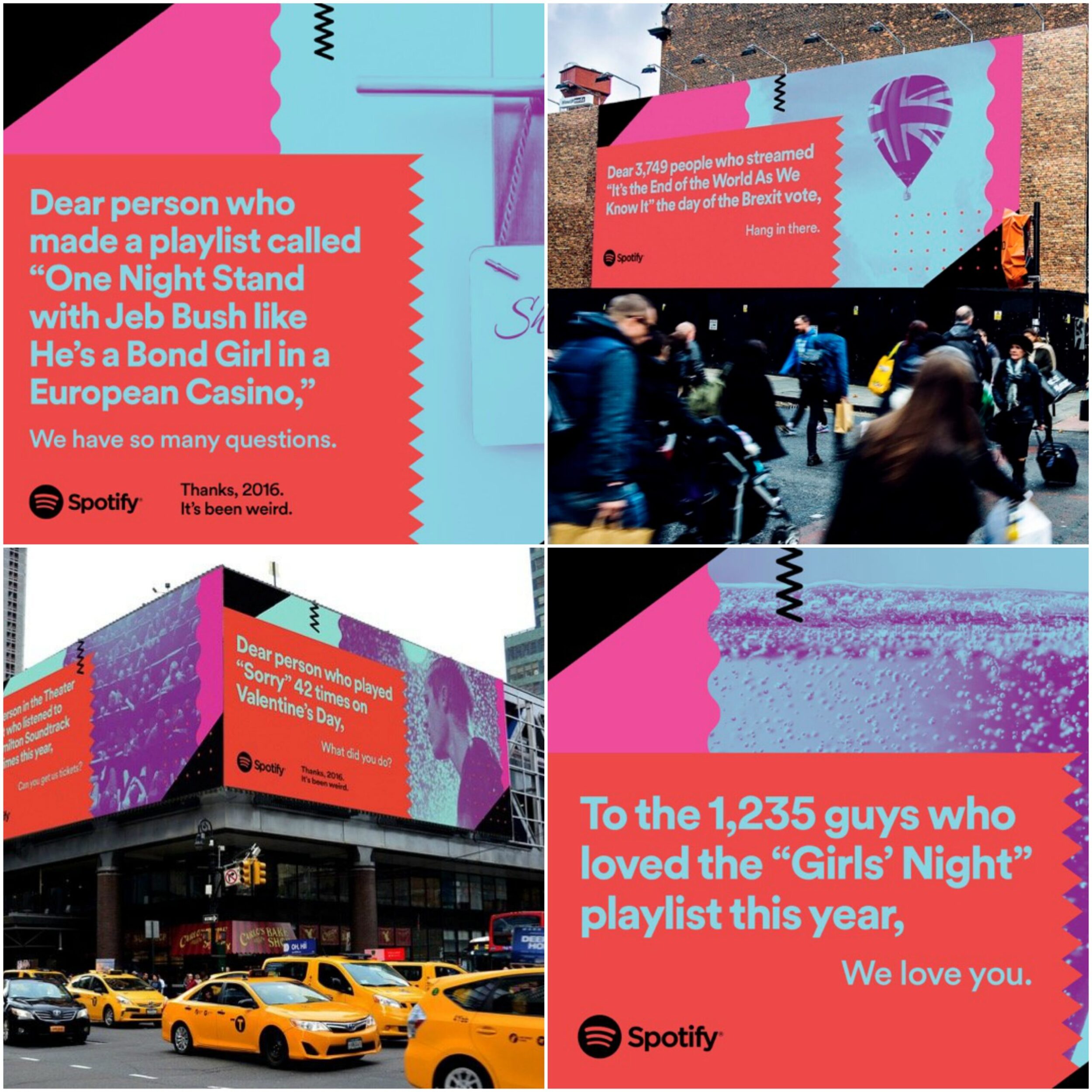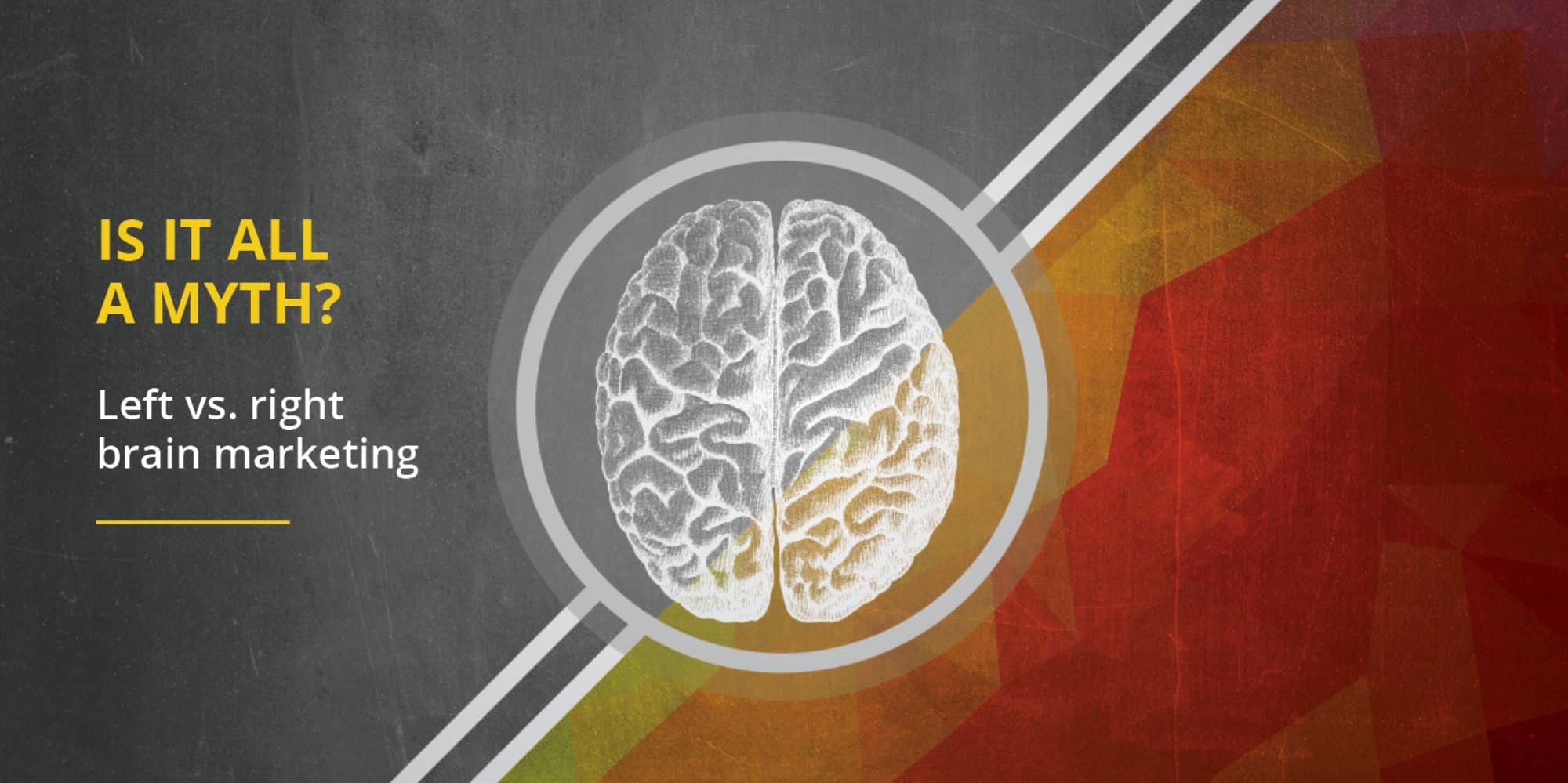We’ve all heard of the left brain vs. right brain debate. Psychologists and personality theorists have long discussed the divide in brain function with the logical, fact-focussed, analytical ‘left side’ and its emotional, creative, ‘right side’ counterpart.
There are endless marketing implications of this theory and the apparent divide in emotion-based and rationale-based marketing techniques.
The Magic Mix
However, modern marketers know that these two ideas are not mutually exclusive. Rather than thinking of these two ‘sides’ as separate, or even opposing, marketers need to fully appreciate the value of the synergy of both. The brain works in networks and most of these networks cross over, so appeal to one side over the other, and it’ll be ineffective or even harmful to your marketing campaign.
If marketers only appeal to intellect, consumers won’t be moved to engage and the USP won’t be effectively communicated. With the lack of an apparent USP, there will be far less captivation and your brand will be forgotten/lost in the crowd. On the other hand, if you only appeal to emotion, consumers may not trust the brand as it won’t appeal to their rational thinking, which is integral when convincing someone to eventually part with their money.
How can I link these two sides and use them in my strategy?
Data!
As we are well into the data revolution, marketers need to fully understand that data can facilitate everything they do, including consumer sentiment and engagement. Consumer’s behaviour and attitudes can be tracked, analysed and altered through the use of data. The implications of this for marketers is that not only should their campaign material/content focus on a mix of ‘left side’ and ‘right side’, but so should the way that material is delivered.
Data can inform web design, consumer experience, engagement and gauge the emotional and behavioural responses to your brand (all things ‘right side’!). By tracking the success of every element of your campaign, marketers can continue the elements that are well received and improve the things that aren’t.
A perfect example of the use of data to humanise technology and connect emotionally with consumers is Spotify’s 2016 campaign, sloganed “thanks 2016, it’s been weird”. This campaign addressed the oddness of the past year by analysing consumer’s strange listening habits and playfully questioning them.

Spotify’s chief marketing officer, Seth Farbman says, “there has been some debate about whether big data is muting creativity in marketing, but we have turned that on its head, data inspires and gives insight into the emotion that people are expressing”.
More brands need to take advantage of all the data they have on their customers and create personal, meaningful messages to connect with their current and potential customers.
So, next time you’re making any marketing decisions, consider the importance of the synergy of these apparently opposing ideas. Encourage less guess work and more informed, performance-based decision making and remember:
- Thoroughly research your audience and create your own buyer personas to direct your marketing efforts towards; the more you know the more targeted your content can be.
- Use data to facilitate your marketing activities, but don’t depend on it. There is a limit to what data can reveal, especially when it comes to human emotion.
- Because data is constantly created, the analysis and monitoring of it needs to be a continual, full-circle process.
A psychology and data-driven marketing approach is the perfect mix between left and right side marketing and it can help transform your marketing efforts. At Catalyst we do all of this for you through the 10 phases of Account Based Marketing.
Originally posted on LinkedIn
